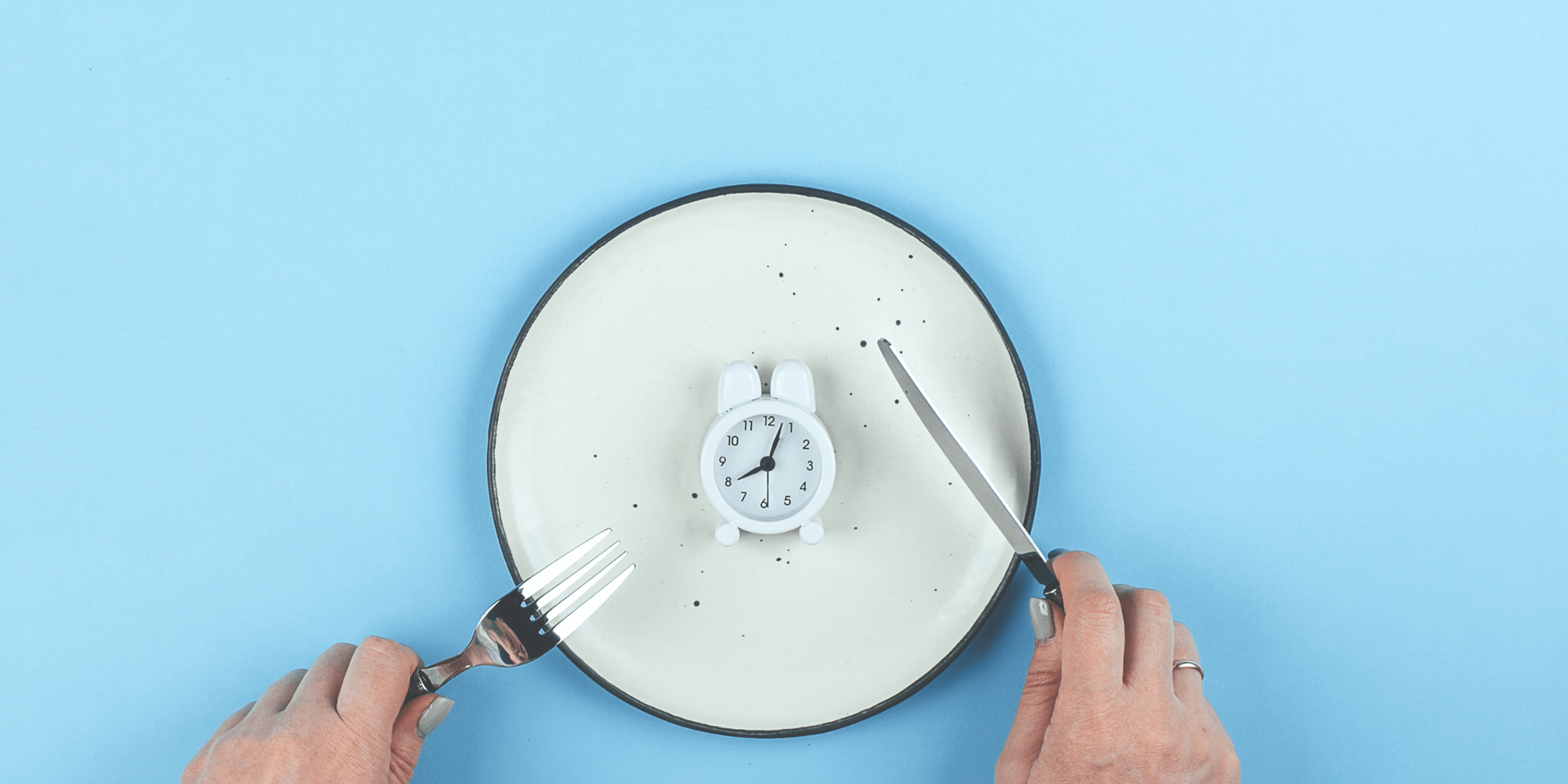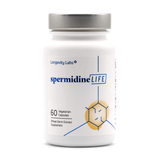
We are all searching for ways to live longer, healthier lives. With all of the recent dietary trends, it can be difficult to find one that will help you both lose weight and improve your longevity. The fasting-mimicking diet has shown promising results and helps induce autophagy and ketosis throughout the body.
What is Fasting Mimicking?
The idea behind the fasting-mimicking diet is to get the benefits for calorie restriction and fasting without having to engage in long term fasts. This keeps the body in a mode that is promoting autophag. As you can imagine, this is the biggest difference between fasting vs fast mimicking diet.
Experts and researchers often point to the benefits of fasting and how it can induce bodily functions such as autophagy and ketosis. These functions can help you improve your longevity and overall well being. However, many of us can’t bring ourselves to fast for the recommended period of time. The fast mimicking diet provides us the chance to still eat while tricking the body into thinking we aren’t.
Benefits of the FMD
It’s important to note that the FMD is still a relatively new concept, so most of the studies associated with the health benefits have been performed in animal models. With that being said, early research has pointed to numerous health benefits both in the short-term and the long-term. Here are some of the said benefits:
- Decreased metabolic disorders and diabetes - One study found that FMD cycles were shown to reverse late-stage Type 2 diabetes. The diet triggered epigenetic changes that helped the pancreas
- Cognitive function - The diet can help promote hippocampal neurogenesis which can improve brain function
- Autoimmune disease - Research has found that the FMD can reduce levels of pro-inflammatory cytokines and immune cells that promote inflammation
- Aging - FMD can help reverse the decline of hematopoiesis, which plays a huge role in the aging process
As time goes on, more and more research will be done on the FMD so we will have a better gauge of the effects, both positive and negative, that the diet has on the body. Further human clinical trials are needed to make definitive statements either way.
How Often Can You Do The Fasting Mimicking Diet?
It’s important to note that the fasting-mimicking diet is a 5-day fasting diet meal plan, it’s not intended to be used every day of the year. The positive effects of the FMD may persist for up to three months after completion. How often you should do the diet is going to depend on your lifestyle and your health.
For example, an athlete or someone who is on a very strict diet may only want to do the diet once or twice per year. Someone who is looking to maximize weight loss may choose to do the diet once a month. As is the case with most diets, it’s highly recommended that you speak with your doctor before beginning to ensure it’s safe.
What to Eat On The Fasting Mimicking Diet?
When on the FMD, you will be provided with a ProLon meal kit which includes five individual boxes. You will be consuming one box per day which includes a chart with recommendations on what foods to eat and the order in which to eat them. All of the foods are vegetarian, gluten-free, and lactose-free. Here is what you can expect to eat on the FMD:
- Nut bars - Meal bars that are made out of macadamia nut butter, honey, flax, almond meal, and coconut
- Soup blends - There will be a mix of flavored soup including mushroom and tomato soup
- Kale crackers
- Olives - Olives are a high-fat snack. One pack is provided on day one while two packs are provided on days two through five
- Herbal tea
Bone broth and other herbs can be used on the fasting-mimicking diet to flavor your soups. Since calories vary between days, it’s highly recommended that you do not mix foods or carry foods over into the next day.
What Can You Drink During Intermittent Fasting?
Your ProLon fasting mimicking kit will come with herbal tea and L-Drink, which is a glycerol-based energy drink. You will be highly encouraged to stay hydrated with plain water and decaffeinated teas. Since this diet is very restrictive on your calorie intake, you should not consume any beverages that are high in calories.
A general rule of thumb is that drinks with less than 50 calories will keep your body in a fasted state. So if you were to add a splash of milk or cream to your coffee you should be fine. Many people make the mistake of not drinking anything when fasting, however, it’s incredibly important that you remain hydrated.
Does Fasting Stop Aging?
Fasting can supercharge your metabolism, making your body more efficient at breaking down nutrients and burning calories. It can also slow down the degradation of DNA, which occurs when we age. Another thing fasting does is induce autophagy throughout our body, a process that greatly reduces the effects of aging.
Autophagy is the body’s process of replacing old, worn-down cells with newer, healthier cells. As we age, the process of autophagy slows down and it becomes more difficult for our bodies to induce autophagy naturally. That’s why focusing on a diet that induces autophagy, such as the FMD, and intermittent fasting times can go a long way in reducing the effects of aging.
Is Fasting a Good Way to Lose Weight?
Fasting is an incredibly efficient way to lose weight and the number one reason why is because it helps you eat fewer calories. Since the fasting process requires you to skip meals, you will be consuming fewer calories unless you eat more during your eating periods. A recent study found that intermittent fasting can reduce body weight by 3-8% over a 3-24 week period.
Different types of fasting can have differing effects on weight loss. For example, people lost about 0.55 pounds per week with intermittent fasting but 1.65 pounds per week with alternate-day fasting. Of course, there’s more to losing weight than simply fasting. If you overeat during your eating periods, you cancel out the positive effects of the fast. Pairing exercise with fasting can also help increase weight loss.
How Much Weight Can You Lose On The Fasting Mimicking Diet?
As you may imagine, fasting-mimicking diet results will differ from person to person. We have already mentioned studies that point to fasting helping people lose 3-8% of their body week in a short period of time. Studies have also pointed to people losing 4-7% of their waist circumference, indicating that they lost belly fat.
Some people avoid fasting because they are worried that they will lose muscle as well as fat. While this may be true for other diets, this is surprisingly not the case when it comes to fasting. Intermittent calorie restriction can cause a similar amount of weight loss as continuous calorie restrictions but with much smaller reductions in muscle mass. In the calorie restriction studies, 25% of the weight lost was muscle mass, compared to only 10% in the intermittent calorie restriction studies.
Is Keto a Fasting Mimicking Diet?
The FMD helps induce ketosis in your body, which can help improve your overall health while increasing your longevity. Ketosis occurs when your body doesn’t have enough carbohydrates to burn for energy. Instead, it burns fat and makes ketones, which it will use as fuel.
Both the keto diet and the fasting-mimicking diet can induce ketosis but they do so in different ways. The keto diet greatly reduces the number of carbohydrates you consume, but it doesn’t necessarily involve fasting. Many of those who practice the keto diet pair it with intermittent fasting. Meanwhile, the FMD reduces your carbohydrate intake by reducing the amount of food you eat and the number of nutrients you consume.
What Foods Mimic Fasting?
Without the ProLon meal kits, it can be incredibly difficult to eat the proper amount of foods and nutrients to mimic fasting. However, if you know what you’re doing and know how to properly count your calories and nutrients, it is possible. Your diet should last five days and should consist of the following foods:
- Foods low in carbohydrates
- Zero animal-derived proteins
- High micronutrient content
- Soups for fasting-mimicking diet
- Fats from healthy oils
- Less than 30g of sugars on day one and less than 20g of sugars on days two-five
It’s incredibly important that you follow the FMD to a T. Even something as small as consuming 10 extra grams of sugar can prevent your body from going into ketosis, thus rendering the process useless.
Is it Better to Fast or Eat Healthy?
Some experts believe that fasting doesn’t have a big impact on weight loss and can actually have negative effects. This is due to the fact that many people believe that by fasting, they can eat whatever they want during their eating periods. It can distract people from the real message of how to lose weight which is to eat healthily.
However, if you follow Valter Longo fasting, you will be fasting while also eating healthy foods during your eating periods. You should be using fasting as a tool in your weight loss journey. Pairing fasting with a healthy diet can help consistently induce autophagy and ketosis, processes that can help you lose weight and live longer.
Supplements to Help
A healthy lifestyle extends beyond your diet and fasting. Pairing your healthy lifestyle with exercise and a regular supplement regimen can help enhance the positive effects of dieting and fasting. Compounds such as spermidine can help induce autophagy throughout your body but can be difficult to consume by your diet alone.
Listen to this article:







